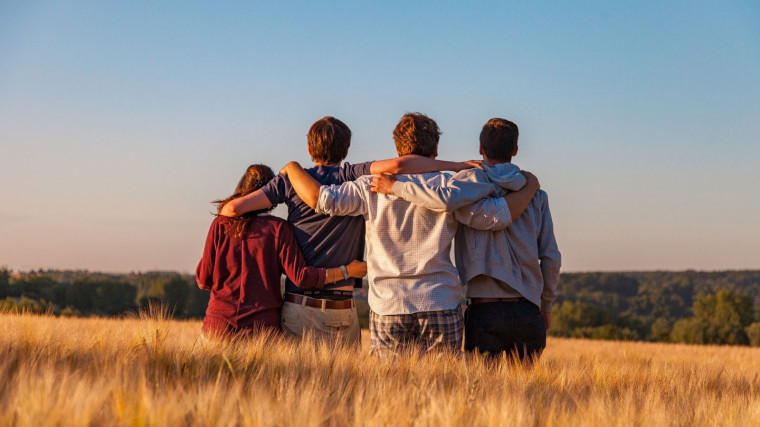My friend was the teacher’s pet.
And my classmates, devoted to driving my teacher insane, hated her for it. So they picked on her. They mocked her appearance with backhanded compliments. Cooked up a silly little dance to ridicule her name. Taunted her friends for being nice to her. During group work, they would loudly denounce her, saying that they “felt uncomfortable” with her around.
Insulting memes spread through the school against those who stood up for her; even teachers weren’t spared. The bullies seemed unstoppable, so other classmates eventually got pulled into their act.
To her, it was as if everyone in school had either ditched her or turned against her. Conscious of her weight, she stopped eating. Unable to trust anyone, she developed anxiety; I was bombarded with a slew of missed calls if I answered her messages a little later than immediately.
“But it’s not really bullying,” she replied, surprised when I called it bullying. “I mean, they didn’t lay a finger on me.”
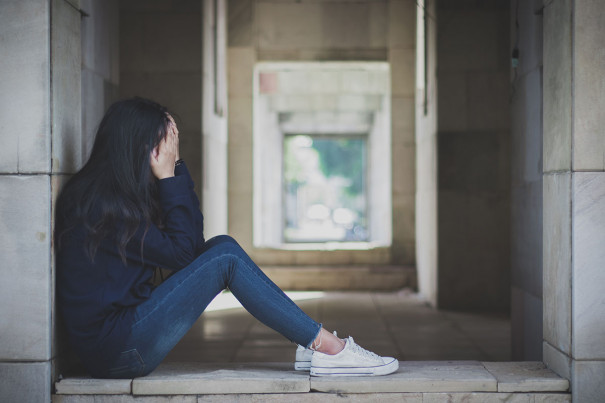
It seemed pretty obvious to me, but she had a fair point. Most people picture someone getting locked up in a classroom cabinet or pushed around on a playground whenever they think of bullying. But in reality, bullying can be done through sneaky methods, such as purposefully excluding someone. And it can happen anywhere – at home, school, online, in the workplace, and even in government.
It’s hard to define what bullying really is, as each case is unique. Someone I know remembers his friends calling him names that he didn’t like. It frustrated him to the point that he almost threw a chair at one of them.
Yet, he admits that he still feels conflicted about calling it bullying. The thought of friends hurting each other just didn’t click in his head.
He tells me: “My brain can classify it as bullying, but that would cause a cognitive dissonance. Like, my friends… bullied me?”
Some may argue that a bully has to be malicious. They only consider it bullying if the bully takes joy in inflicting pain and fear on the victim.
That may be true. But it narrows down the definition too much. Bullying is not an identity. It is a behaviour.
That explains why some people don’t see themselves as bullies, but are actually bullies in the eyes of others. Bullying isn’t confined to the classroom or the schoolyard. It persists into adulthood. Especially in the workplace, bullying can be normalised in order “to get the job done”.

One of my friends, who worked as a massage therapist, recalls the times she has been forced to carry on, even when she told her stern supervisor that she felt uncomfortable treating certain clients sometimes due to her anxiety. She was also pressured to attend an event, which required her to wear a revealing outfit, that wasn’t part of her job scope. Her supervisor told her bluntly that it was a “take it or leave it” situation.
She left.
“She (the supervisor) had a bootcamp training attitude to her staff… she was ignorant to the stress I was facing as a massage therapist,” she shares. “The company promoted healing and holistic care, but it failed at seeing that its workers are also in need of care and concern.”
The flip side of the coin
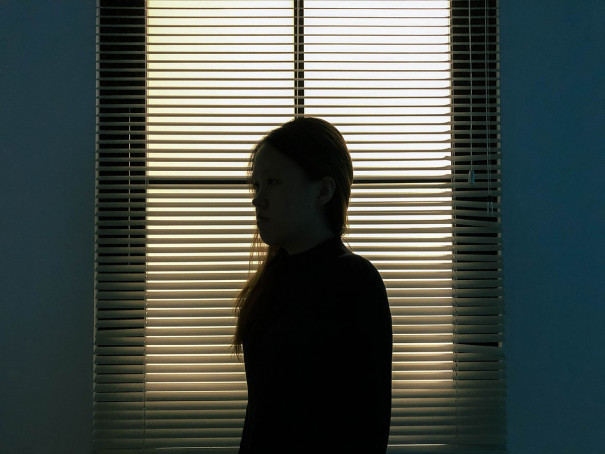
People who bully often do it for affirmation. Children bully others to get a high social rank. Overbearing adults often surface as workplace bullies who want to feel important by pushing others down.
But where does that desire to be dominant stem from?
Contrary to popular belief, people don’t bully others because they are different. Instead, that difference is used as a premise for bullies to project their unhappiness on to their victim. Often, it turns out that those who initiate bullying often have been bullied themselves, are insecure, or are facing stressful issues in life.
In a Quora thread about bullying, a user, Jessica, writes about her experience on bullying someone: “I was insecure about my weight and looks. I just automatically placed everyone in the enemy column… Everyone who was prettier than me or more confident was on my hate list right away.”

Other bullies who seem to bask in the popularity see it as good fun, until they see the consequences of their actions.
Another user on the forum writes: “Even though I was a nice kid, we would sometimes joke around and pick on the more meager and weak kids – simply for our childish, sadistic enjoyment.
“One day, we were punching and kicking someone in the playground. He was your typical smart but weird kid. A loner. I took a look at the person we were hitting and saw his eyes water up. It struck me like a ton of bricks. It’s my first memory of me feeling empathy in my life. I felt so sorry for him, and felt like a bad person.”
There are some who initiate bullying, then there are the tagalongs.
For those who join in on the initial bullying, peer pressure is the number one reason. Fear of being the next victim, or relief that it isn’t them who are being picked on, are other explanations.
However, there is still no excuse to spread it. Everyone has their own battles to fight. A little empathy can go a long way: Everyone is someone else’s child, parent, sibling or cousin.
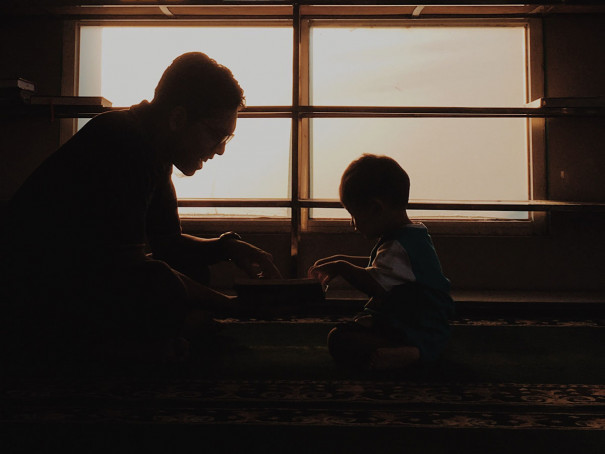
Perhaps you may think people should “learn to deal with it” or “grow up”, or that the victims should learn strength in not giving a second thought to an unkind word or a sarcastic remark.
You could perhaps say that because you don’t see the effects. Now imagine yourself being responsible for developing disordered behaviours in someone or the cuts on someone’s wrists. It may not lead to so drastic an outcome, but would that thought teach you to check your behaviour?
Bullying does not only affect the victim and the perpetrator – when it is reported or discovered, it can hurt those who care about them too.
Bullies have to see that their actions have consequences.
That being said, while shaming bullies can be one way to put an end to their bullying, could there be a way to end it while simultaneously turning it into potential for emotional growth?
By knowing why people bully, we could pretty much solve the problem at its roots. Which is why I’m happy that we are moving to build a peer support culture in schools.
Other stories you might like
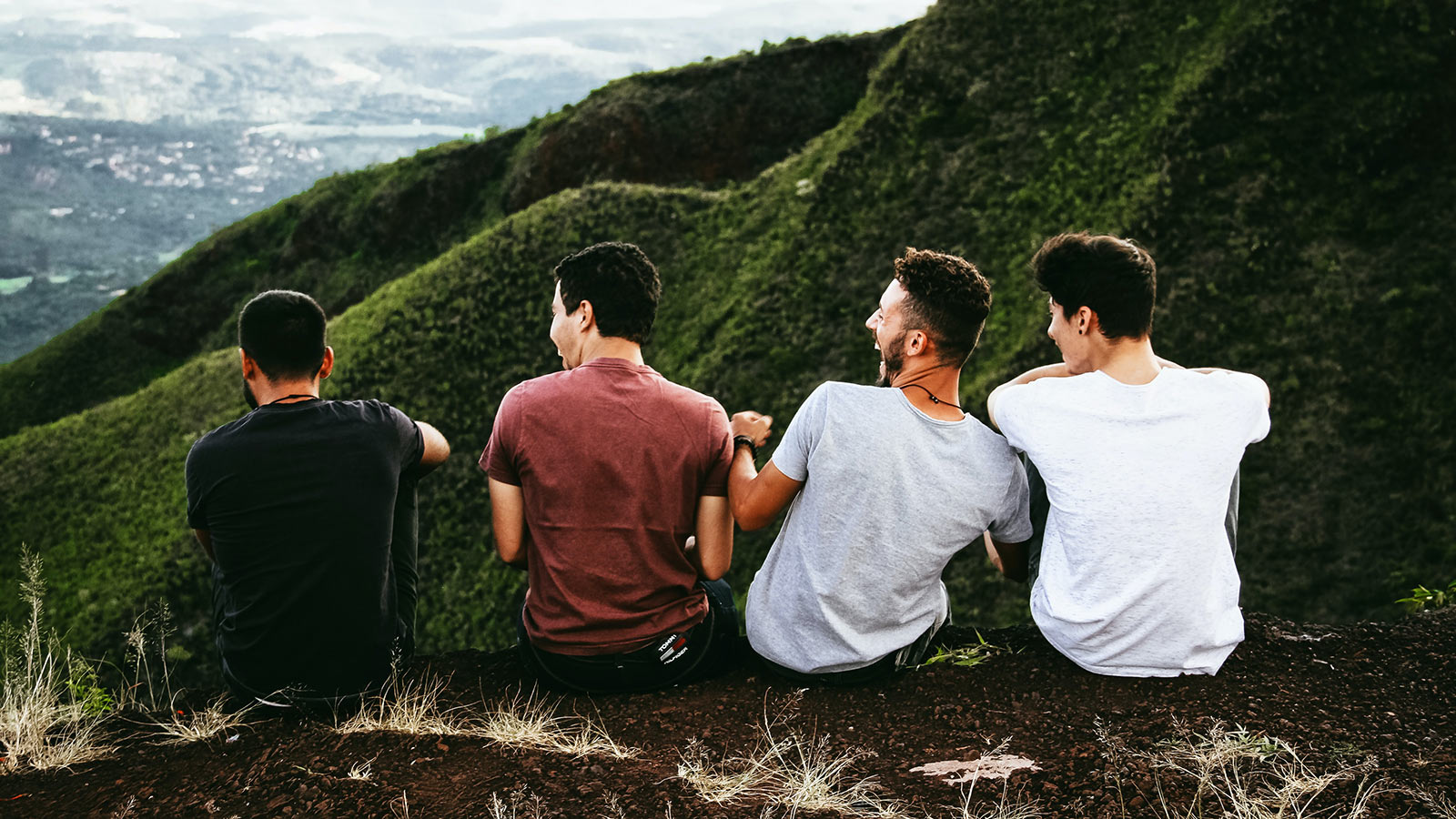

How to talk about it
To outsiders, it is easy to spot a bullying victim. We can tell from how they react to the repeated teasing or aggression, and the impact on their mental wellbeing. We know that we should intervene once they start dreading going to work or school (to avoid the bullies) or indulging in self-harm (to cope with their feelings).
But often, victims don’t see these warning signs, and no one notices the red flags if loved ones don’t look out for them.

When my friend told me about how she felt about being bullied, I felt a pang in my heart. “What did I do wrong?” she would repeat over and over, sobbing. Being her friend, I was so incensed I almost offered to give the bullies a taste of their own medicine.
Standing up to the bully is one way to resolve the situation, but it doesn’t work all the time.
Sometimes, doing so gives them what they want – a confrontation that they were itching for, to build up their reputation or work out their internal rage. Fighting fire with fire will burn everything down.
You might even end up being targeted.
A friend of mine, who is a Sikh, tried to tell some boys in his school that their jokes about other students were inappropriate, and that he didn’t appreciate it. In retaliation, the boys started making fun of his race and his turban; there were other Sikhs in the school, but only he got picked on.
People who get bullied sometimes don’t want to blow up the situation. For example, sometimes children remain silent because they are fearful or are unable to trust that the situation would be handled properly. If they are not prepared to speak up, they might not be able to express themselves properly, which could lead to their concerns and complaints being brushed aside.
Yet, we must do something.
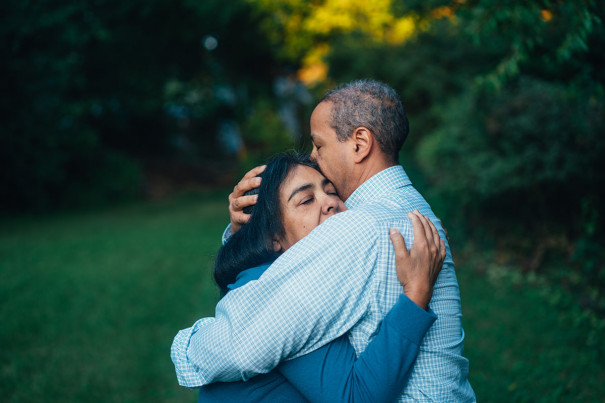
As friends, classmates and co-workers, we can help build the confidence of those who have been bullied. And also reach out to those who, unaware or aware of their actions, have bullied others.
Peer support culture needs to be everywhere. We can build safe spaces in our own circles for both victims and perpetrators to share what is bothering them – without judgement. Online communities exist for both parties to seek support.
For the victims, sit with them and hear them out, even when they aren’t ready to admit that they have been bullied.
Recognise also that for the bullies, it can be hard to admit that they’ve been unreasonably mean to the innocent. Sometimes, the journey to healing can begin with a gentle “hey, why are you treating them like that?” If you are friends with the perpetrator, you may offer them your view as a witness. But above all, seek to understand their motivations instead of shaming their behaviour.
In the long run, we need to teach children to verbalise emotions. Instead of putting them down for lashing out, equip them with healthy coping methods. Parents must understand that helping our children regulate their emotional health is different from simply coddling or spoiling them.
The battle against bullying is a long fight, so we need all hands on deck – even from those who happen to be at the sidelines watching it unfold.
Helplines & resources
- Coalition Against Bullying for Children & Youth
- Help123, Online resource for cyber wellness
- TOUCH cyber wellness
- Samaritans of Singapore
- Community Health Assessment Team
- Tinklefriend
If you like what you read, follow us on Twitter and Google News to get the latest updates.
